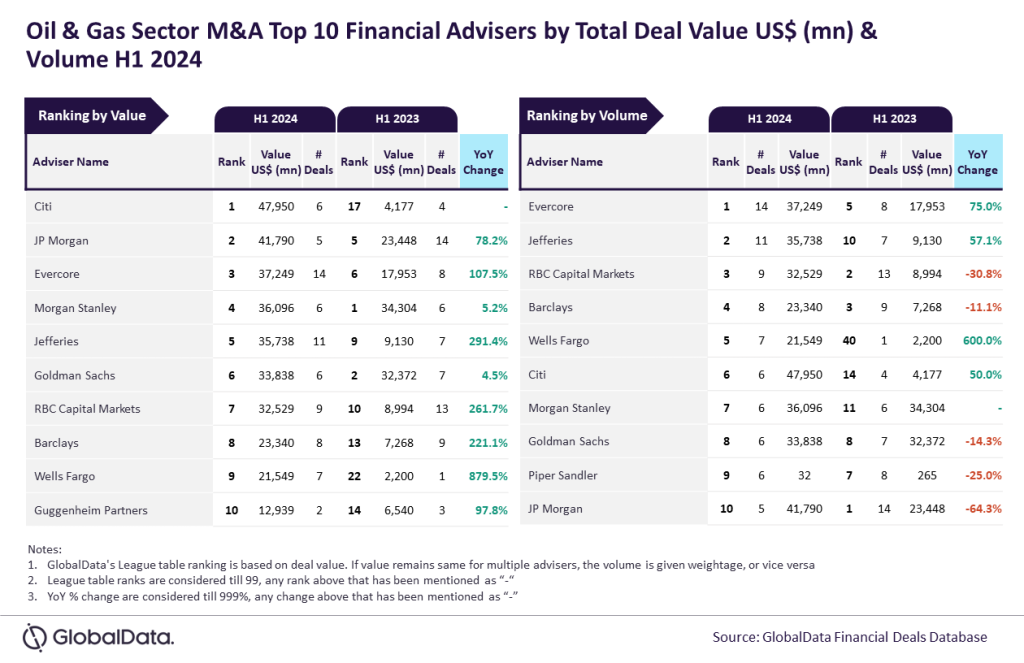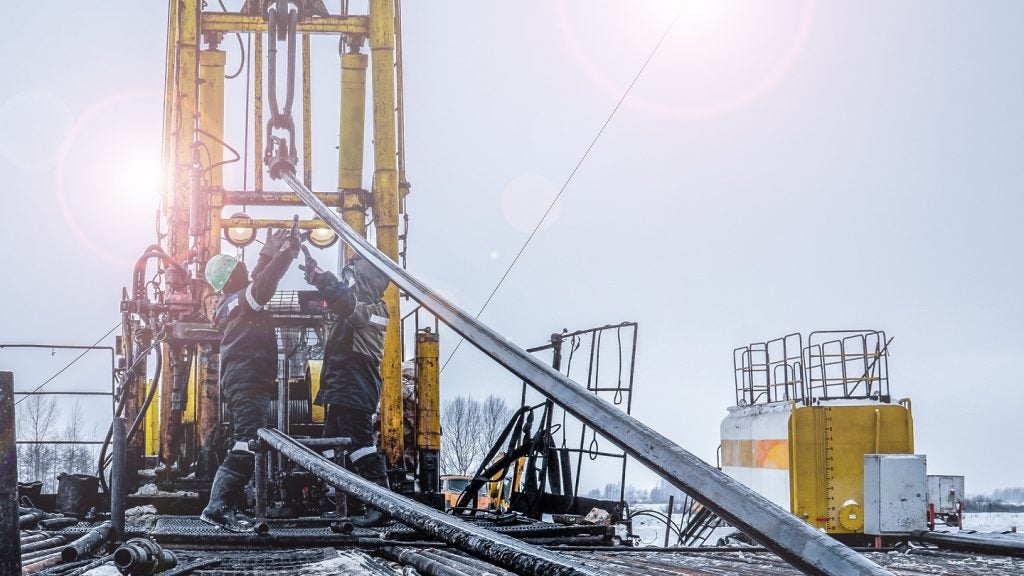Energy World will operate the upcoming Pagbilao LNG regasification terminal, proposed to be built in Quezon in Philippines. According to GlobalData, who tracks more than 1,100 active and developing LNG terminals worldwide, the terminal is expected to start operations in 2024 and will be owned by Energy World. Buy the profile here.
The Pagbilao LNG regasification terminal has a proposed regasification capacity of 146.1bcf/annum (billion cubic feet) and storage capacity of 0.12 million tons (Mt).
Contractors involved in the regasification plant
Some of the key contractors for the Pagbilao LNG regasification terminal include -Main EPC: Slipform Engineering (H.K.).
About Energy World
Energy World Corp Ltd (Energy World) is an energy company that produces and sells power and develops liquefied natural gas projects. The company's activities include design, construction, operation, and maintenance of independent power projects, liquefied natural gas plants, and gas processing plants and pipelines. It owns and operates two gas-fired power plants located in Sengkang, South Sulawesi, Indonesia: and Alice Springs, Northern Territory Australia. Energy World also holds interests in the Sengkang Contract Area in South Sulawesi, Indonesia, and various gas fields in the Australian state of Queensland. The company operates projects in Australia, Hong Kong, Indonesia, Papua New Guinea, the Philippines, and Sri Lanka. Energy World is headquartered in Seaforth, New South Wales, Australia.
For more details on the Pagbilao LNG Regasification Terminal, buy the profile here.
Data Insights
From

The gold standard of business intelligence.
Blending expert knowledge with cutting-edge technology, GlobalData’s unrivalled proprietary data will enable you to decode what’s happening in your market. You can make better informed decisions and gain a future-proof advantage over your competitors.






